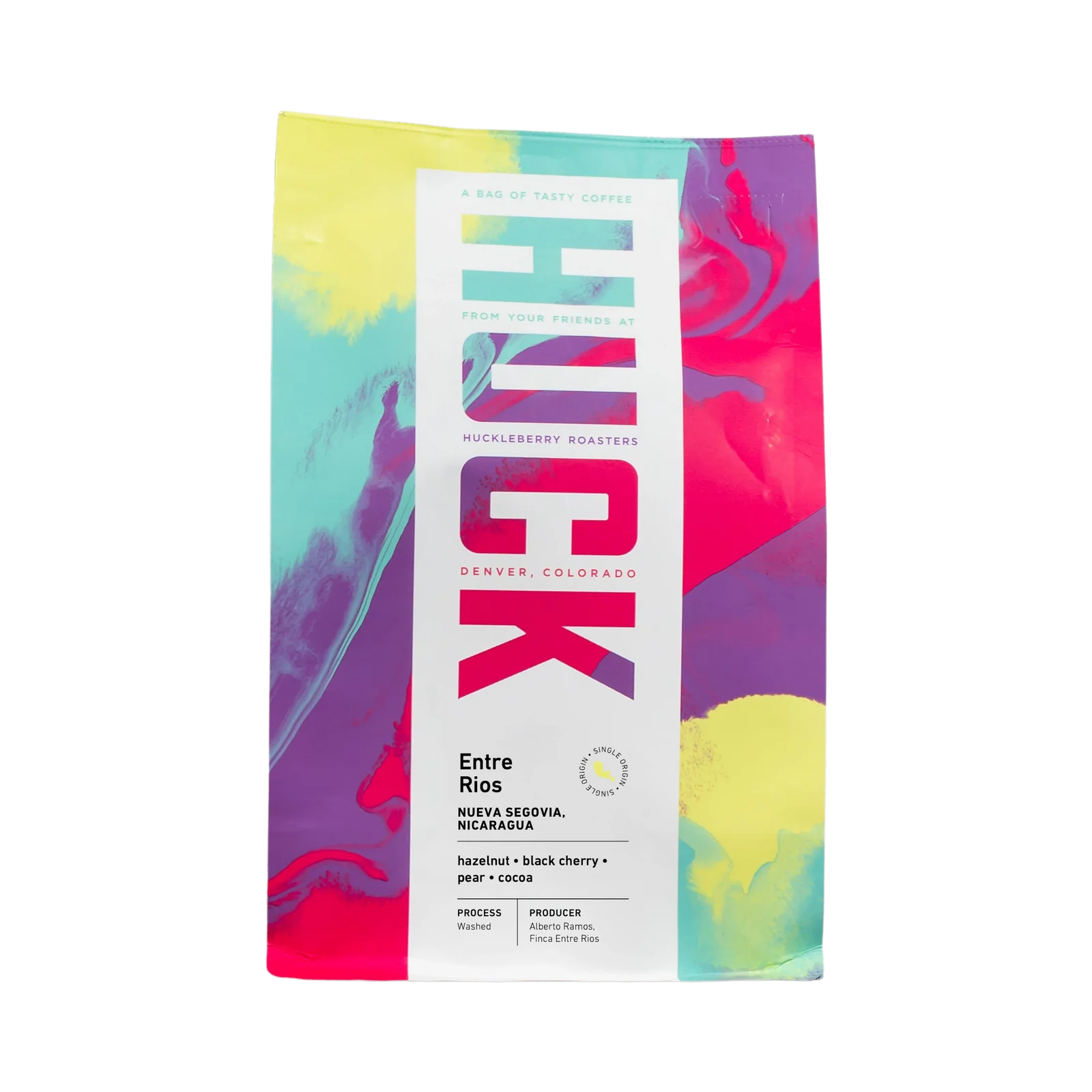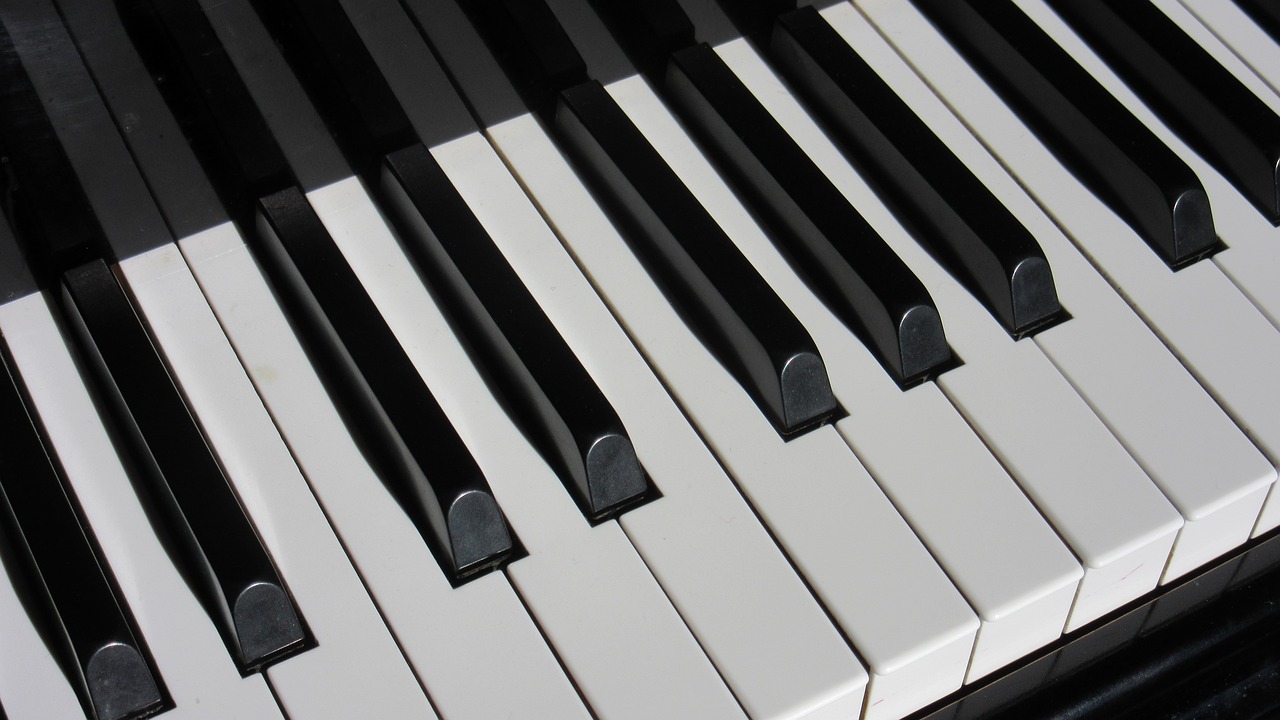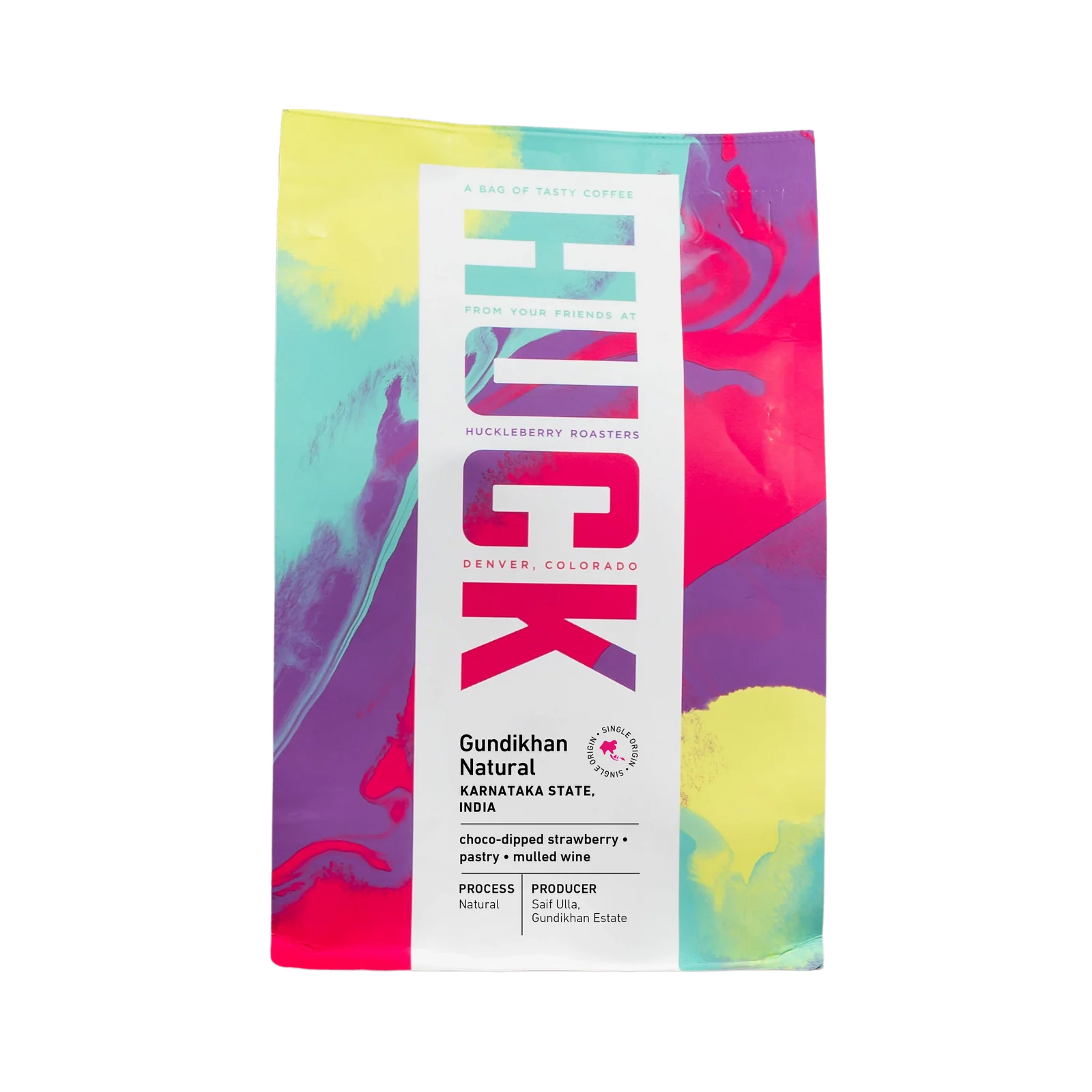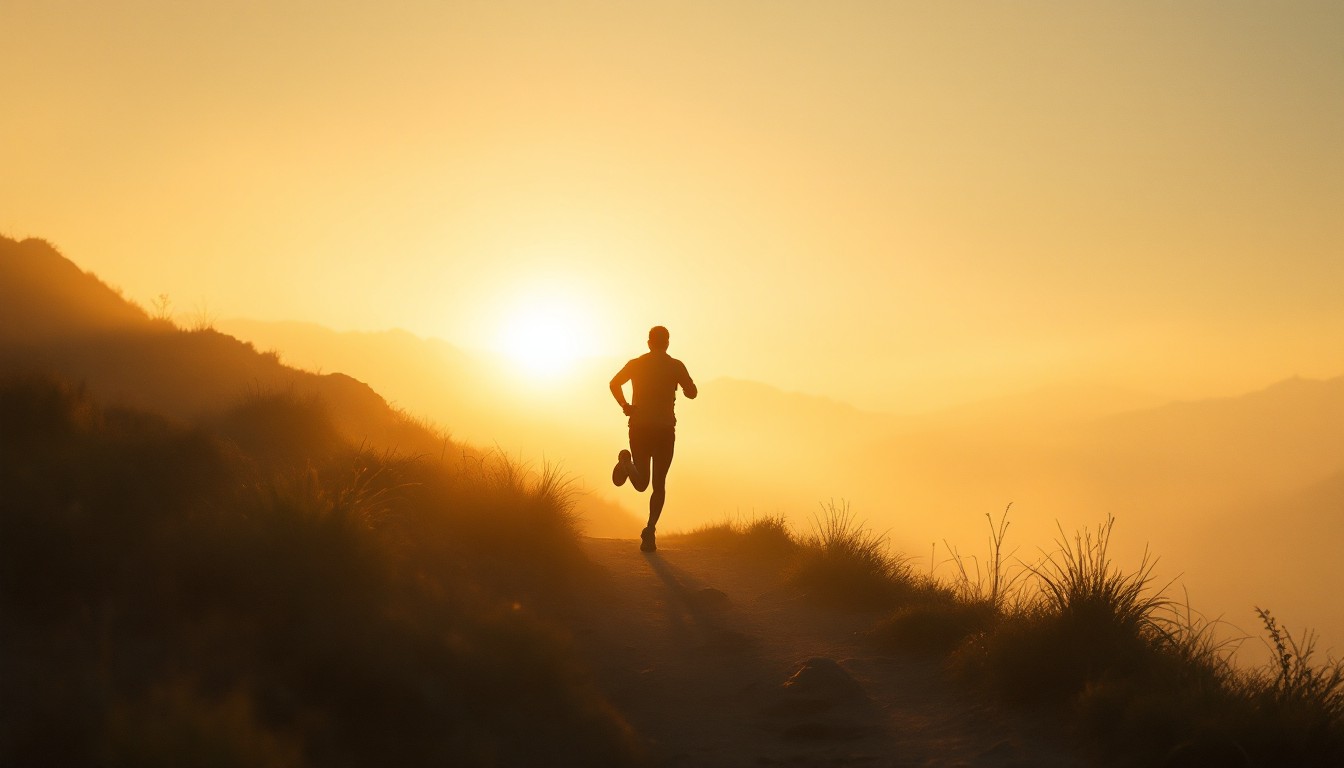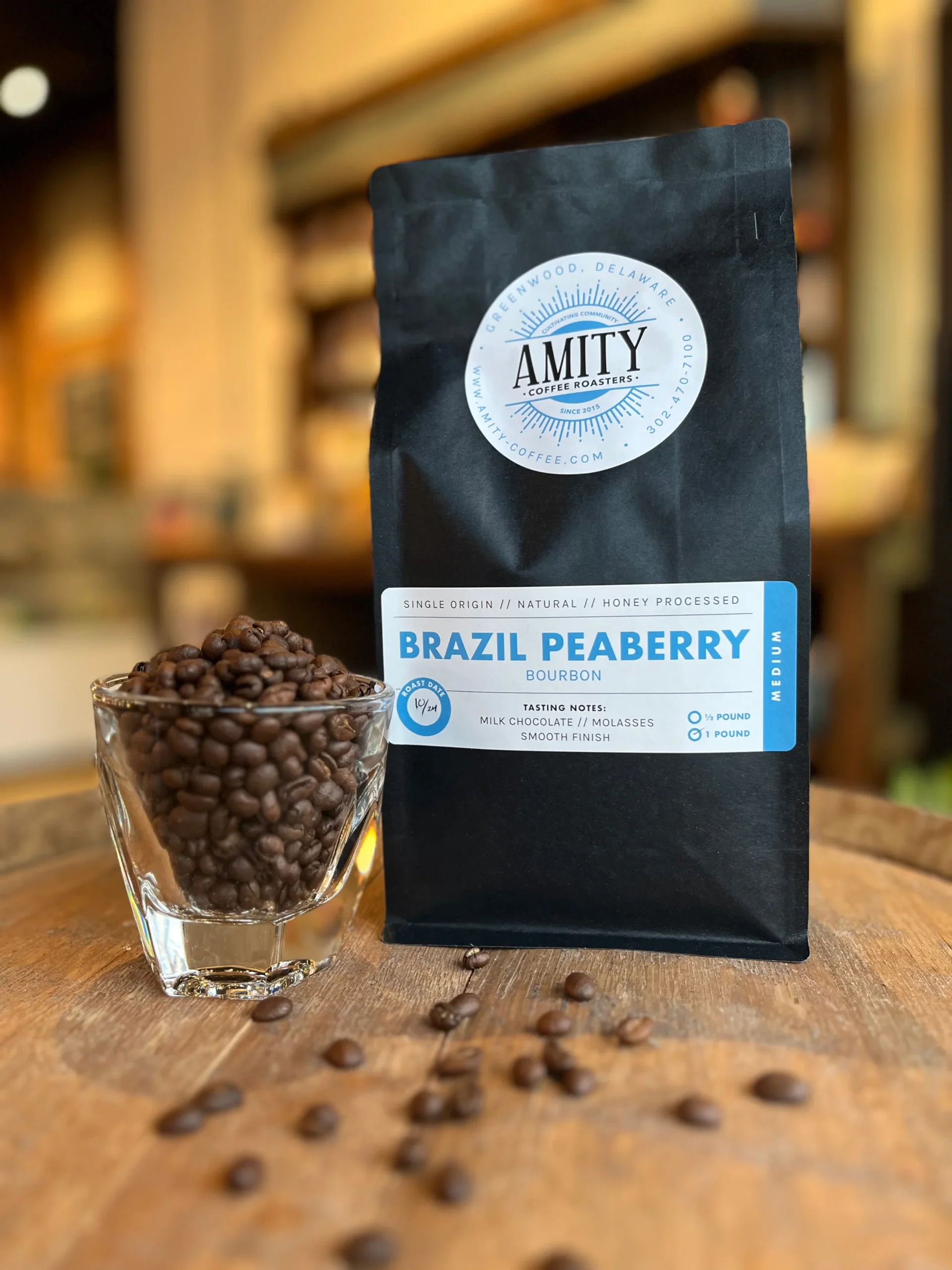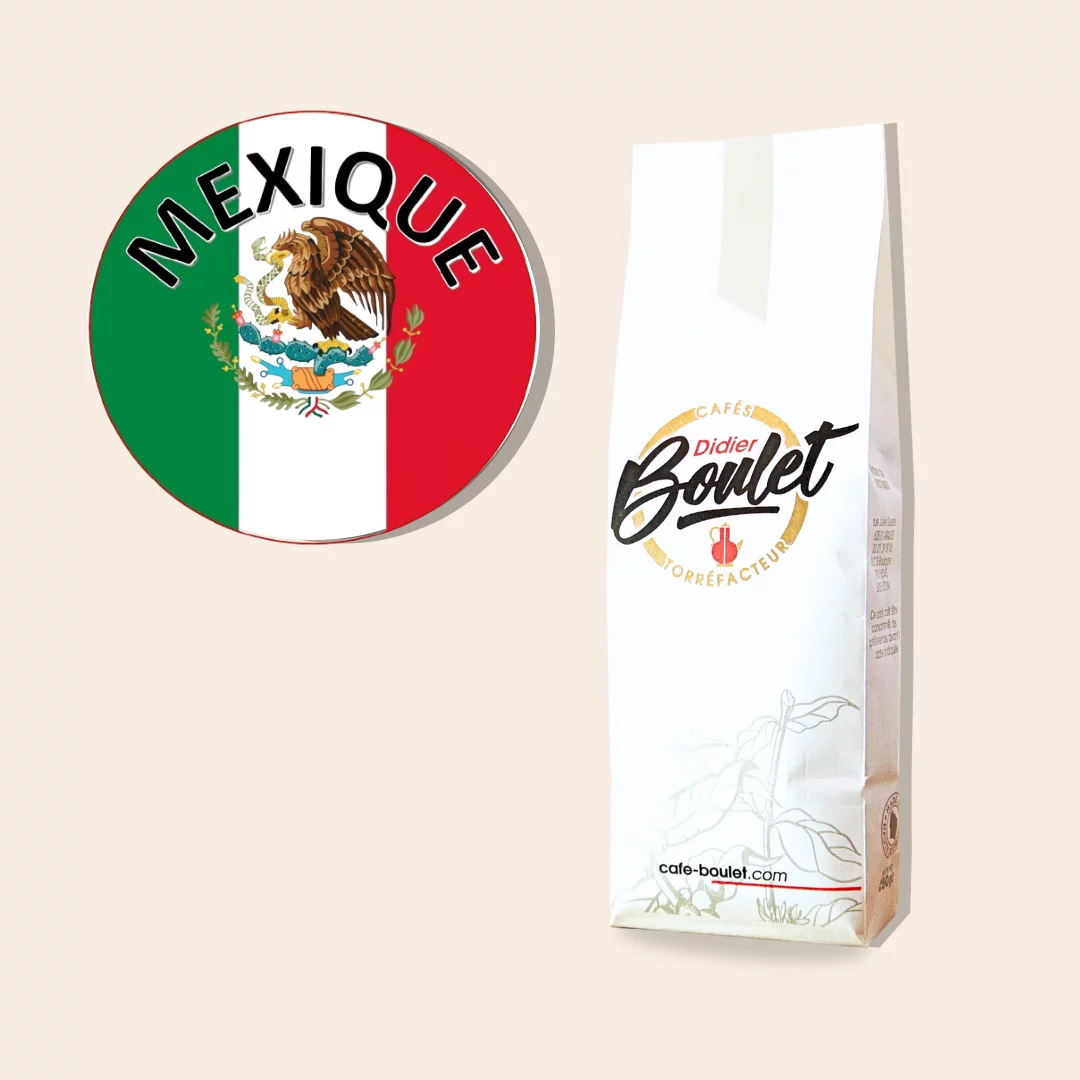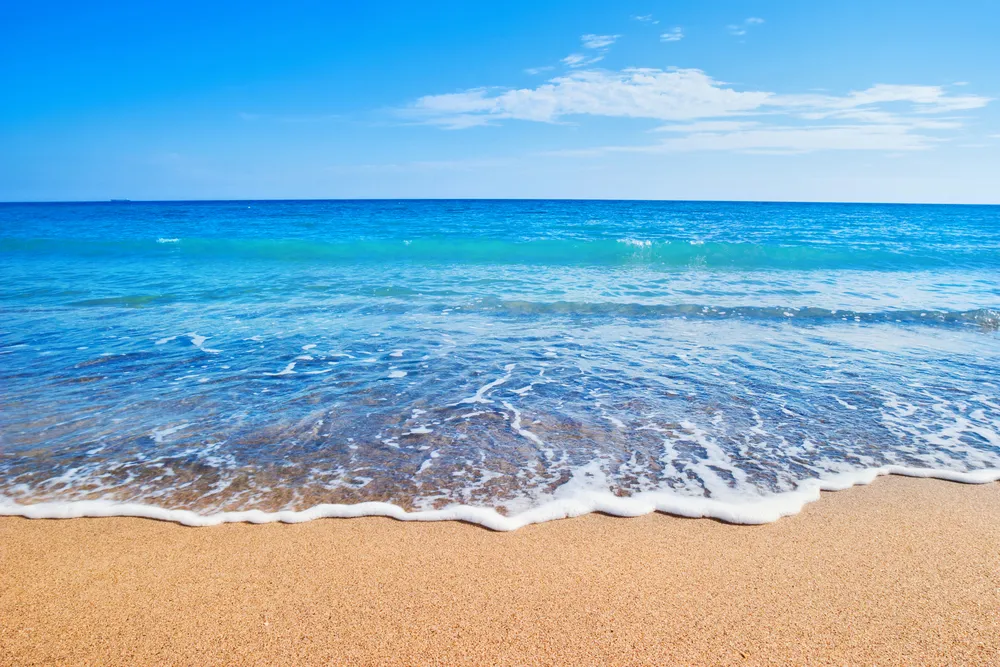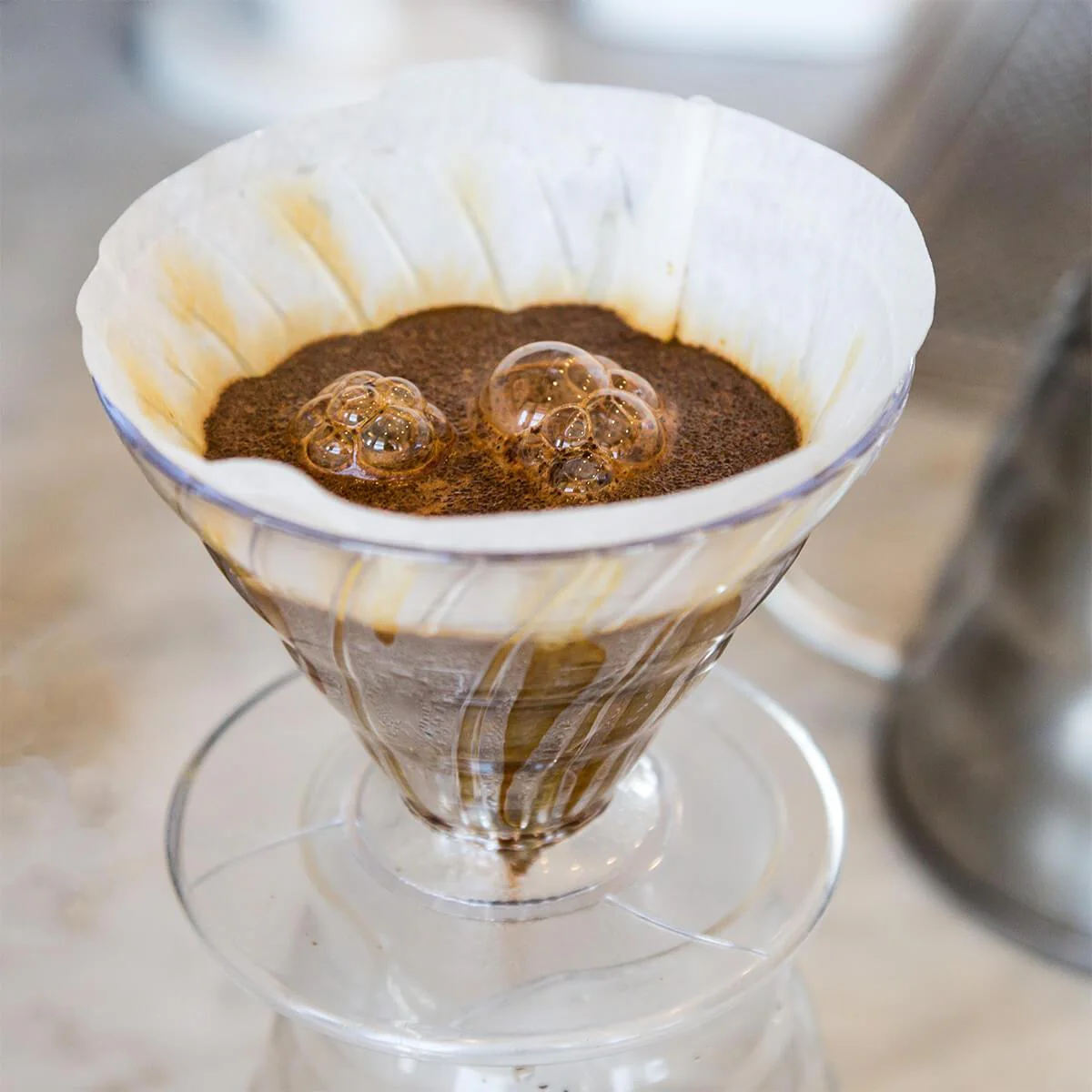I spent most of the past week in Denver, which is the city I tend to visit most often on my business travels. By my count, this was my 7th trip to Denver since 2014. I suspect that Chicago Midway is the airport I’ve flown to (or through) the most times, but DIA is a close second. The big difference this time around was that I flew United Airlines instead of Southwest. I’m trying to choose a go-to airline for future international travel, and United has a big hub at Washington/Dulles with lots of direct flights overseas. They are also part of Star Alliance, so we can use/earn miles with a number of different carriers. I have to say that I had a pretty good experience on both legs of my flight, so things are looking up for United.
Today was my 4th consecutive day running. In Denver, I had planned to run on Tuesday and Thursday, and then run at home today, which would keep me on my regular 3-day-a-week schedule. It turned out that I was too tired to run Tuesday, so I ran Wednesday instead. Thursday, I had planned to take a long walk in the morning, but decided to run instead, because the extensor tendonitis (or whatever it is) in my left foot tolerates running better than walking. Then, I reasoned that I might be too fried to run on Saturday (today) because I’d be getting home late on Friday night, so I took a short run Friday as well. I indeed was fried this morning as predicted, but the weather forecast is calling for snow tonight into tomorrow morning, and I figured I wouldn’t want to run right after it snowed. So, I sucked it up and ran today.
Running in Denver went as well as can be expected. My runs all started in the pre-dawn darkness. I mostly ran on the network of trails along Cherry Creek and the Platte River, as well as Colfax St. and the 16th Street Mall (which is mostly devoid of people before sunrise). Wednesday’s run was 7.2 miles, and Thursday’s and Friday’s were around 4.75 miles each. Each run featured 2 or 3 stops to find geocaches (two activities I often combine when traveling, but rarely at home). Temperatures each day ranged from the upper 30s to mid 40s, which was warmer than back home. Wednesday’s was the best run of the 3, probably because I didn’t get the best nights’ sleep the following two nights. As would be expected, I was a little shorter of breath than usual, due to the elevation. By Friday, I was starting to adjust, but by then, it was time to go home.
Today, I was really slow to get moving in the morning, and had a headache. I thought about skipping running, but with the weather (and plans for later in the day) likely to keep me from running Sunday, I figured I had better get out there, if only for the sake of my mood and well-being for the rest of the weekend. So, I had some coffee, played a little Bach on the piano, and hit the pavement at around 3:30pm. The run went much better than I had been expecting. I seemed to have tons of energy, and I ran 10K at a pace of 10:00/mi, which is my fastest pace in at least a year. I’m not sure where my energy came from. Maybe it was the different time of day, or the coffee (a great roast from India that I picked up in Denver — post forthcoming), or the high-elevation conditioning from the past week. Whatever it was, I’d love to bottle it up somehow. It will be interesting to see how my next few runs go. The only thing I can say for sure is that I won’t be extending my streak to 5 days. 😄
